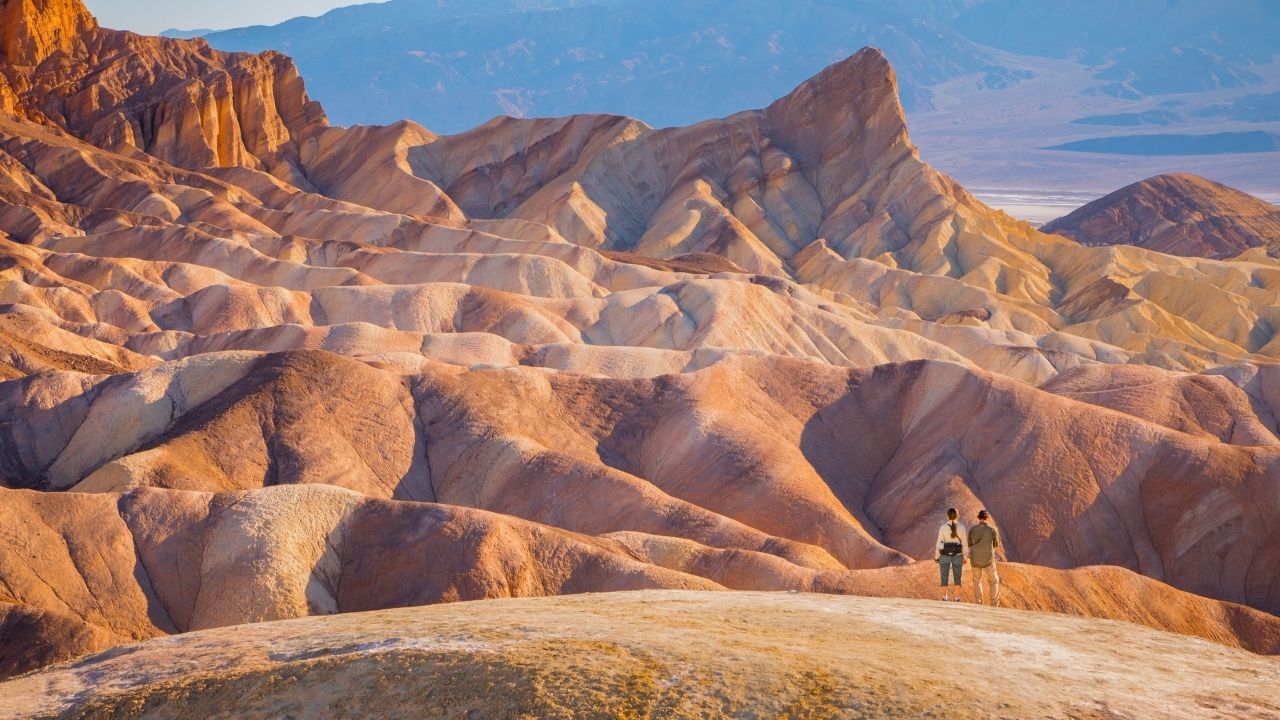Lost Pioneer Routes Of California’s Death Valley

Have you ever wondered what secrets lie within California's Death Valley? This mysterious place holds more than just extreme temperatures and vast desert landscapes. Hidden within its rugged terrain are the lost pioneer routes that once guided brave settlers through this harsh environment. These paths, carved by determination and hope, tell stories of adventure and survival. Imagine walking in the footsteps of those who dared to cross this unforgiving land, seeking new beginnings and opportunities. Exploring these routes offers a glimpse into the past, revealing the challenges and triumphs faced by those early travelers. Whether you're a history buff or an adventure seeker, the lost pioneer routes of Death Valley promise an unforgettable journey through time. Discover the rich history and breathtaking scenery that make this destination a must-visit for anyone curious about the past.
Discovering the Lost Pioneer Routes of California's Death Valley
California's Death Valley is a land of extremes, where temperatures soar and landscapes stretch endlessly. Hidden within this vast desert are the forgotten trails of pioneers who once braved the harsh conditions in search of new beginnings. These routes tell stories of adventure, resilience, and survival. Let's journey through some of these historic paths.
The Old Spanish Trail
The Old Spanish Trail was a trade route connecting New Mexico to California. Traders and settlers used this path to transport goods and livestock across the desert. This trail is a testament to the determination of those who sought prosperity in the West.
Tecopa Pass
Tecopa Pass served as a critical crossing point for travelers on the Old Spanish Trail. Its rugged terrain challenged even the most experienced pioneers, but it offered a direct route through the mountains.Amargosa River
Following the Amargosa River, travelers found a rare source of water in the arid desert. This lifeline was essential for survival, providing a much-needed respite from the harsh conditions.
The Forty-Niner Route
During the Gold Rush, thousands of fortune seekers headed west, hoping to strike it rich. The Forty-Niner Route was one of the paths they took, leading them through the unforgiving Death Valley.
Manly Pass
Named after William Manly, a pioneer who helped rescue stranded travelers, Manly Pass is a symbol of perseverance. The route was treacherous, but it offered a shortcut to the goldfields.Panamint Valley
Panamint Valley was a crucial stop for those on the Forty-Niner Route. Its mineral-rich soil attracted miners, while its remote location provided a temporary haven from the bustling gold rush towns.
The Bennett-Arcane Long Camp
The Bennett-Arcane Long Camp is a haunting reminder of the challenges faced by pioneers. Stranded in Death Valley, the Bennett and Arcane families endured months of hardship before being rescued.
Salt Creek
Near Salt Creek, the Bennett-Arcane party set up camp, hoping for rescue. The salty waters of the creek were undrinkable, adding to their struggles in the harsh desert environment.Desolation Canyon
Desolation Canyon, with its steep walls and narrow passages, was both a refuge and a trap for the stranded pioneers. It provided shelter from the elements but limited their chances of escape.
The Lost '49ers
The Lost '49ers were a group of gold seekers who became disoriented in Death Valley. Their story is one of survival against all odds, as they navigated the harsh landscape in search of salvation.
Furnace Creek
Furnace Creek was a critical location for the Lost '49ers. Its natural springs offered a rare source of water, crucial for their survival in the scorching desert heat.Death Valley Buttes
The towering Death Valley Buttes served as landmarks for the Lost '49ers. These natural formations guided them through the desert, offering hope in an otherwise desolate landscape.
The Mojave Road
The Mojave Road was a vital route for settlers and military expeditions. Stretching across the desert, it connected the Colorado River to the Pacific Coast, facilitating trade and communication.
Fort Piute
Fort Piute was a military outpost along the Mojave Road. It provided protection for travelers and served as a supply station in the remote desert.Marl Springs
Marl Springs was a crucial water source along the Mojave Road. Its reliable springs offered relief to weary travelers, ensuring their journey could continue.
These lost pioneer routes of Death Valley are more than just paths through the desert. They are stories of courage, determination, and the relentless pursuit of dreams in the face of adversity.
Reflecting on the Lost Pioneer Routes
Exploring California's Death Valley through its lost pioneer routes offers a unique glimpse into the past. These trails, once traveled by settlers seeking new beginnings, now serve as a reminder of human resilience and adventure. Walking these paths, you can almost feel the echoes of history beneath your feet. The harsh yet stunning landscape tells stories of determination and survival. Each route reveals a different chapter of the pioneers' journey, from the challenges they faced to the breathtaking views they encountered. Visiting these trails not only enriches your understanding of history but also deepens your appreciation for the natural beauty of Death Valley. Whether you're a history buff or a nature lover, these routes offer something special. So, lace up your hiking boots, grab a map, and set out to uncover the secrets of these forgotten paths. Adventure awaits in every step.

